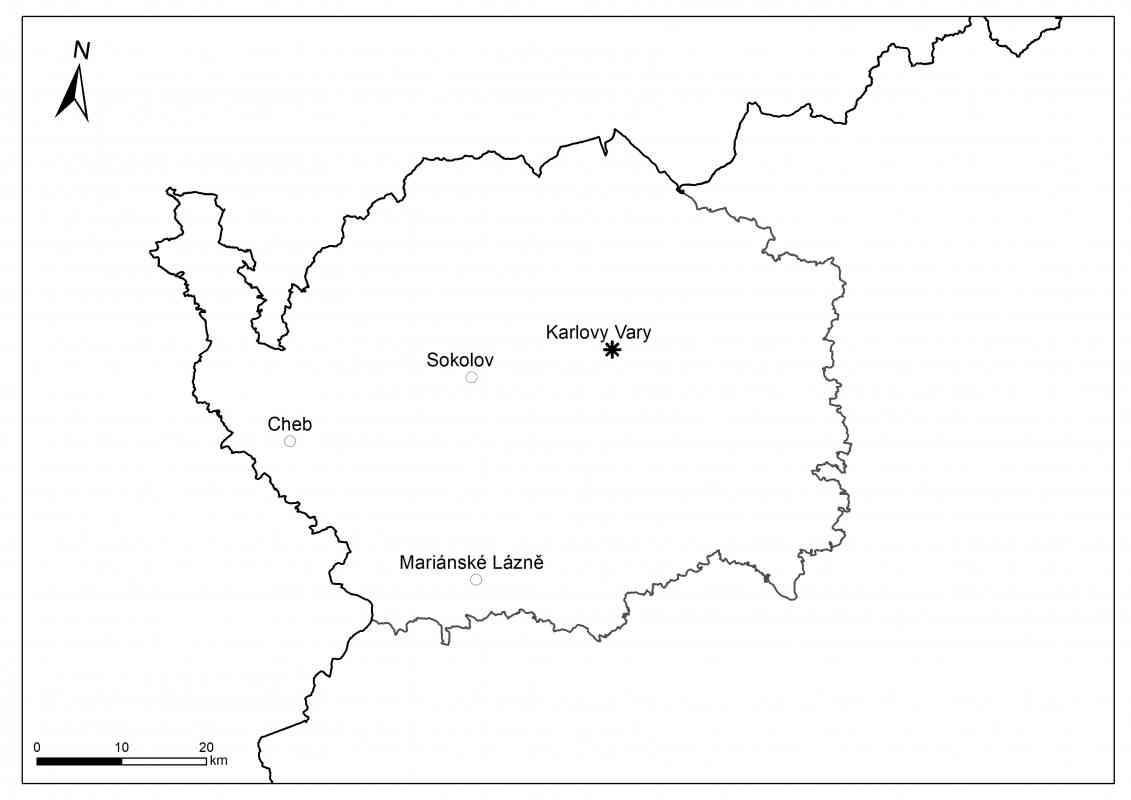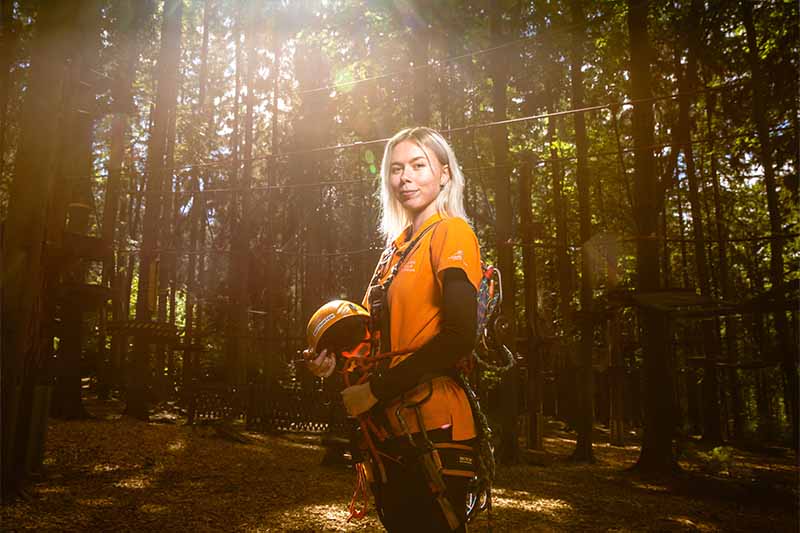Quartz sandstone
During Paleogene, most of the Karlovy Vary region area was characterized by a flat landscape. Braiding streams flowed across river-plains and beds of clays, sands, and gravels were deposited. Lithification turned these deposits into claystones, sandstones and conglomerates of the Staré Sedlo Formation, named after the village where these deposits were first described. Imprints from that-time include subtropical flora leafs or bark of palms, cinnamon-trees, hickory-trees and other warm climate (thermophilic) plants can be found in the finer-grained facies. The Staré Sedlo Formation is the best and most completely preserved in the Sokolov Basin, where the thickness may reach up to 40 m. Sandstone walls and individual blocks with frequent fossil flora can be seen in the sandpit Erika near Sokolov.
Some layers of the Staré Sedlo Formation experienced "silicification" – individual grains were encased by a silica cement, resulting in a hard quartzites. These, in a form of individual blocks, can be found even in the town of Karlovy Vary. Excellent examples can be found also in the Ohře River near Muzikov. This hard and resistant rock was used for production of cobblestones, millstones, and fence-columns.
Sample arranged by Lázeňské lesy Karlovy Vary (Spa forests Karlovy Vary), a.o.
Rock type
Locality
Age

Parkování Goethova vyhlídka
Zaparkovat můžete na přírodním parkovišti (16 míst) vzdáleném cca 300 m od vyhlídky. Dále na určených zpevněných plochách podél cest, kromě křižovatek, výhyben, odboček (nutné ponechat průjezd pro hasiče, záchranáře a kamiony se dřevem).
Parkovacích míst v letní sezóně většinou není dostatek. Doporučujeme využít autobusovou dopravu. Nejkratší možností přístupu je vyjít ze zastávky autobusů MHD č. 8 Hůrky asi 1,2 kilometru vzhůru Gogolovou stezkou.
Kavárna a rozhledna
- Pá
- 11:00 – 18:00
- So - Ne
- 10:00 – 18:00
- státní svátky
- 11:00 - 18:00
Vstup na rozhlednu je možný pouze za příznivého počasí.
V případě dotazů nás prosím kontaktujte





